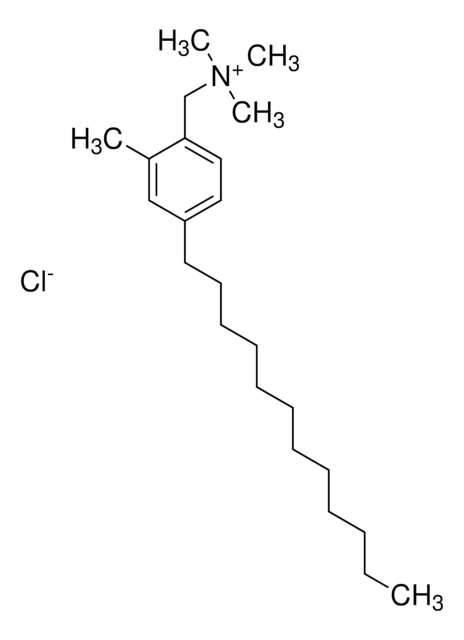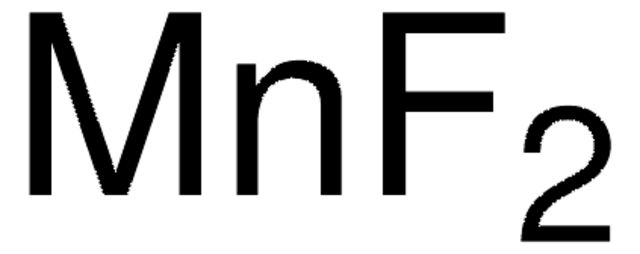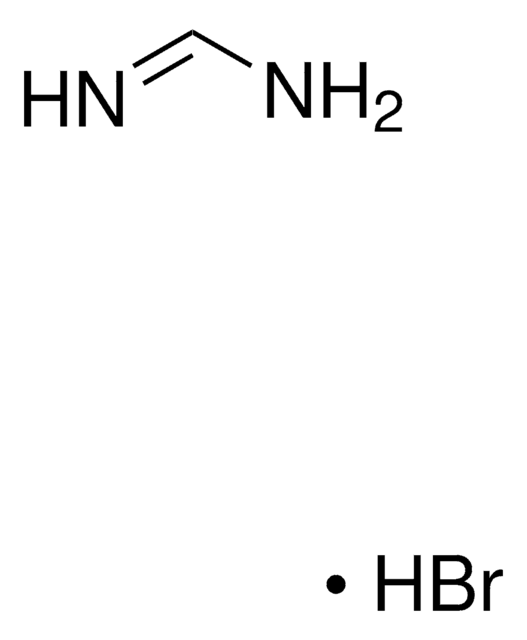793833
Methylammonium triiodoplumbate(II) precursor solution
40 wt. % in DMF
Sinonimo/i:
Methanamine, triiodoplumbate(1−), Methylamine triiodoplumbate(1−), Methylammonium triiodoplumbate(1−), Plumbate(1−), triiodo-, hydrogen, compound with methanamine (1:1)
About This Item
Prodotti consigliati
Forma fisica
solution
Caratteristiche più verdi
Design for Energy Efficiency
Learn more about the Principles of Green Chemistry.
sustainability
Greener Alternative Product
Concentrazione
40 wt. % in DMF
Indice di rifrazione
n20/D 1.520
Densità
1.368 g/mL at 25 °C
λmax
321 nm
Categoria alternativa più verde
, Enabling
Applicazioni
Avvertenze
Danger
Indicazioni di pericolo
Classi di pericolo
Acute Tox. 4 Inhalation - Acute Tox. 4 Oral - Aquatic Acute 1 - Aquatic Chronic 1 - Eye Irrit. 2 - Repr. 1A - STOT RE 2
Codice della classe di stoccaggio
6.1C - Combustible acute toxic Cat.3 / toxic compounds or compounds which causing chronic effects
Classe di pericolosità dell'acqua (WGK)
WGK 3
Punto d’infiammabilità (°F)
141.0 °F
Punto d’infiammabilità (°C)
60.56 °C
Scegli una delle versioni più recenti:
Certificati d'analisi (COA)
Non trovi la versione di tuo interesse?
Se hai bisogno di una versione specifica, puoi cercare il certificato tramite il numero di lotto.
Possiedi già questo prodotto?
I documenti relativi ai prodotti acquistati recentemente sono disponibili nell’Archivio dei documenti.
I clienti hanno visto anche
Articoli
Solar panels for homes and businesses have seen a rise in demand over the past few years as we move toward more environment-friendly and sustainable energy sources. In 2010, the average power from solar was just 5.0 GWh/d and the Energy Information Administration (EIA) expects this to be 90 GWh/d in 2016.
Colloidal quantum dots (CQDs) are semiconducting crystals of only a few nanometers (ca. 2–12 nm) coated with ligand/surfactant molecules to help prevent agglomeration.
The past several decades have seen major advancements in the synthesis of metal nanomaterials. Most recently, controlled synthesis has become versatile enough to regulate the exact number of atoms and ligands of very small metal nanoparticles, referred to as “clusters”.
Next generation solar cells have the potential to achieve conversion efficiencies beyond the Shockley-Queisser (S-Q) limit while also significantly lowering production costs.
Il team dei nostri ricercatori vanta grande esperienza in tutte le aree della ricerca quali Life Science, scienza dei materiali, sintesi chimica, cromatografia, discipline analitiche, ecc..
Contatta l'Assistenza Tecnica.















